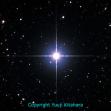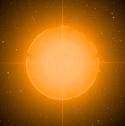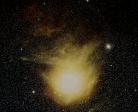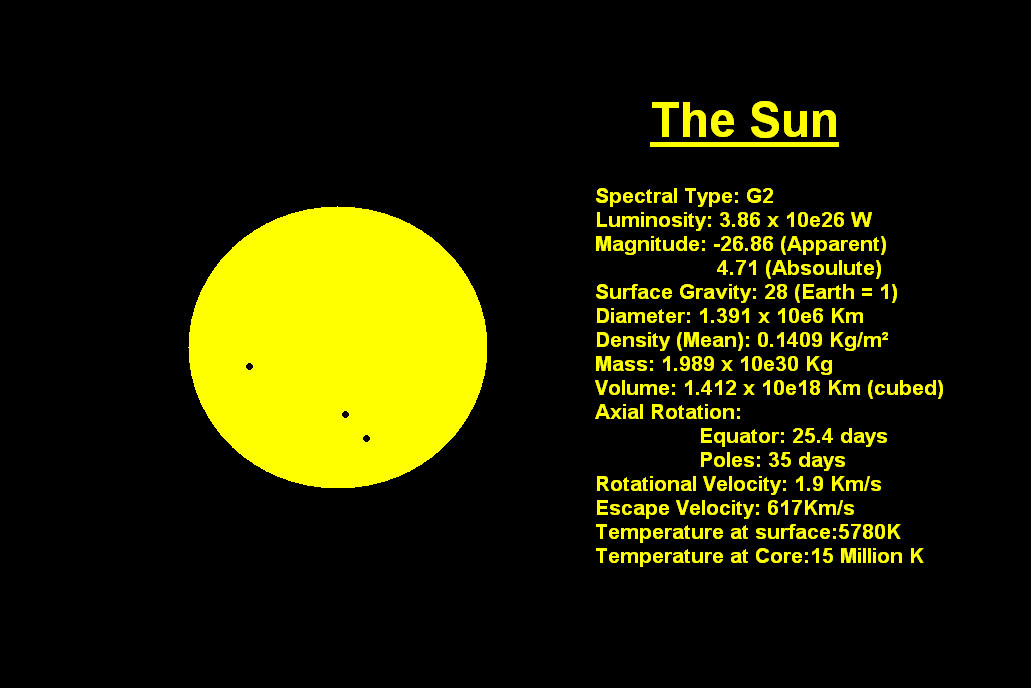|
|
 |
|
Stars are multi layered balls of burning hydrogen or other gases. ( depending on the colour.)
They can be:
White, Blue, Yellow, Orange or Red.
|
 |
|
Some Stars to look out for.
 |
 |
|
Name
|
Colour
|
Size
|
Constallation
|
Thumbnail
|
Apparant
Magnitude
|
|
Alpha Centauri
|
Yellow/Green
|
Main Sequence
|
Centaurus
|
Add your content here

|
-0.01
|
|
Betelgeuse
|
Red
|
SuperGiant (Perhaps the biggest star we know.)
|
Orion
|
Add your content here

|
0.3 - 1.2 (V)
|
|
Cappella
|
Yellow/Green
|
Main Sequence
|
Auriga
|
Add your content here

|
0.08
|
|
Canopus
|
Yellow/Green
|
SuperGiant
|
Carina
|
Add your content here
|
-0.72
|
|
Sirius
|
White
|
Giant
|
Canis Major
|
Add your content here
|
-1.46
|
|
Vega
|
White
|
Giant
|
Lyra
|
Add your content here
|
0.03
|
|
Alderbaran
|
Orange
|
SuperGiant
|
Taurus
|
Add your content here

|
0.85
|
|
Castor
|
Yellow/Green
|
Giant
|
Gemini
|
Add your content here

|
1.59
|
|
Antares
|
Orange
|
SuperGiant
|
Scorpius
|
Add your content here

|
0.92
|
|
Rigel
|
Blue
|
SuperGiant
|
Orion
|
Add your content here
|
0.12
|
|
 |
 |
|
 |
|
|
|
 |

|
| The sun's symbol |
The Sun is our nearest star. At 1 Au or 8 light minutes away we can bathe in its warmth and light.
|
 |
|
|
|
|
|
Magnitudes.
Magnitudde 1 is 2.5 times brighter than a star at magnitude 2.
The sun is the brightest at -26.8
Solar&space is copyrighted to Oliver Tunnah 2005.
|
|
|
 |

